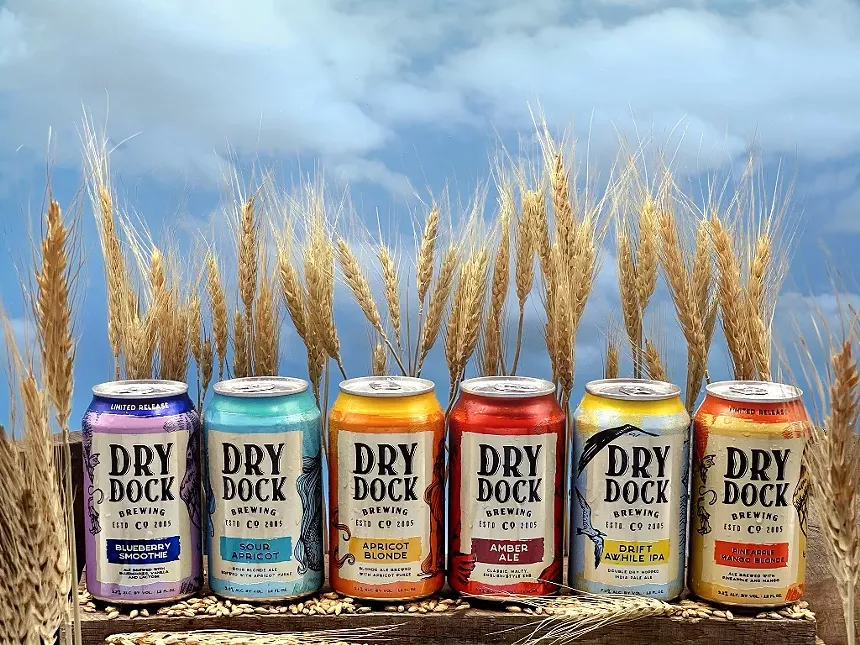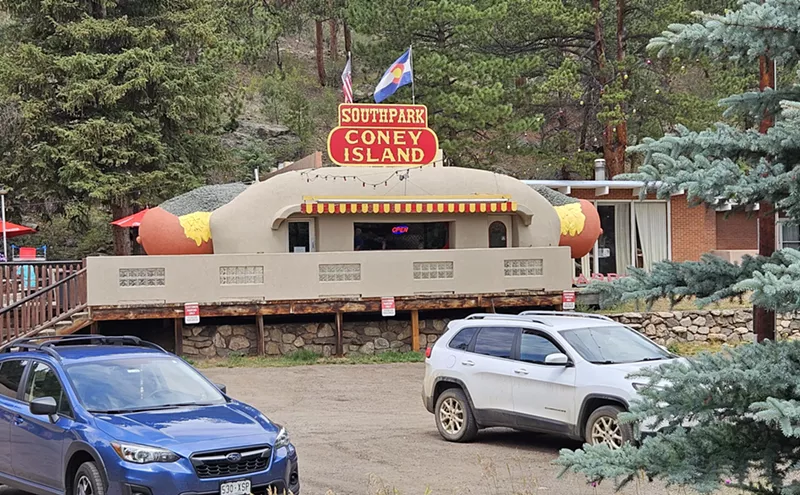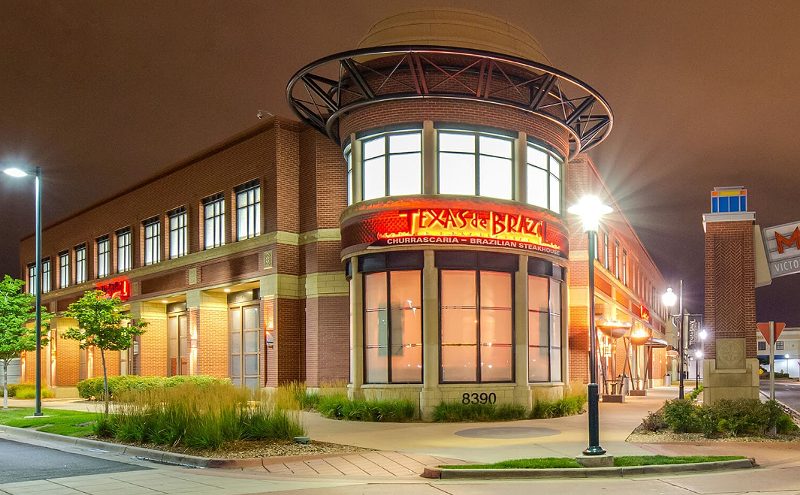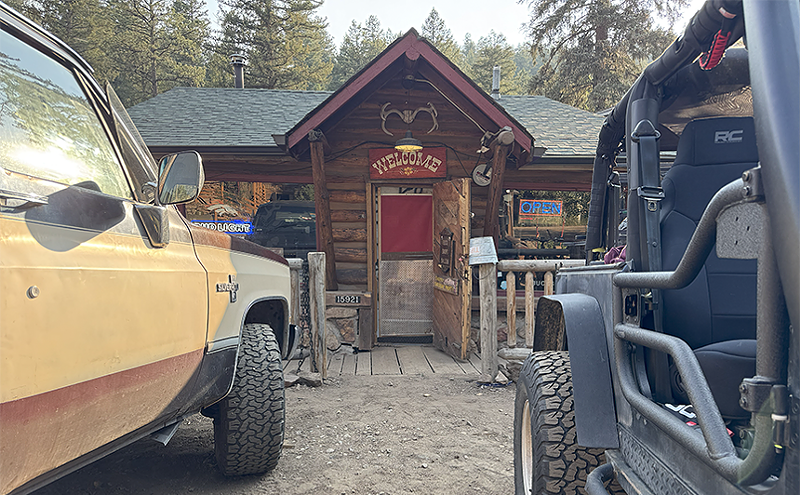Since its founding in Longmont in 1993, Left Hand has grown its footprint to 45 states, largely on the back of its milk stout, nitro milk stout and some seasonal releases. As a brewery known for its dark beers, Left Hand also experiences what Wallace calls “a bit of an anti-cycle” in its business — high sales in the first and fourth quarters of the year, whereas most breweries see warmer weather as their major drivers.
“Having beers that really hum in the summertime is a good thing, and Dry Dock certainly fits that. There's a runway in front of Dry Dock that Left Hand doesn't have right now,” he says. “Unless we catch lightning in a bottle with another one of our brands, it's going to be hard to do significant expansion beyond some of our core stuff and our seasonals. Dry Dock's an unknown entity to people in some markets, but not completely unknown because Colorado's a tourist destination.”
Reding, who co-founded Dry Dock in Aurora with Kevin DeLange in 2005, ten years after they opened the Brew Hut homebrew shop, agrees that their beer lineup is an excellent complement to the Left Hand roster, and having strong movers in both cold and warm weather will help to even out inconsistencies in their joint production schedule. As stout season wanes during the summer, Dry Dock’s beers will pick up some of the slack.
“I don't know of any other brand in the state of Colorado that has a more compatible portfolio than Dry Dock and Left Hand,” she says. “It'll stabilize the brewing teams. They're not going to have as many peaks and valleys as they did under us singly, because we just balance each other. There's just so many synergies … it was just such a good fit.”

Dry Dock's lineup brings strong warm-weather beers, including the well-known apricot blonde.
Dry Dock Brewing
“Not having ownership with Great Divide, it caused some problems crossing state lines because we were still our own brand,” Reding says. “We're finding that a partner like Left Hand is allowing us to grow faster and with a lot less legal hurdles.”
Stout, which is Left Hand’s workhorse style, only accounts for about 2 percent of the craft beer market, according to Wallace. Working with Dry Dock allows Left Hand to cast a wider net with beers like Dry Dock's well-known apricot blonde. Wallace says it's already received dozens of calls from its existing distributor network about getting samples and pricing, and ultimately getting some Dry Dock beer onto trucks. While he adds that it’s highly unlikely that the Aurora brand will be going out to Left Hand's whole network of 45 states this year, it might make it to twelve or even twenty states, building significantly on Dry Dock’s 2024 production level of about 9,000 brewers barrels at 31 gallons each.
“We're hoping to be able to, I don't know, double the sales of Dry Dock through territorial expansion and getting more people familiar with it,” Wallace says. “So we expect in the next couple of months that we'll start ramping up and getting Dry Dock out further than just Colorado and Kansas.”
In the meantime, Reding notes, the Dry Dock taproom and the Brew Hut shop will continue operations in Aurora, and the company might even add a brewpub location in Aurora.
According to Wallace, Left Hand has the tank space to absorb Dry Dock’s production needs while continuing to entertain options for more partnerships. Left Hand, which already has an employee stock ownership plan in place, recently completed a round of crowdfunding on WeFunder, raising $800,000 and adding the broader community as a stakeholder.
“We're really focused on positive impact. We didn't start the brewery as a money-making scheme. Over the years, our goals have morphed into: How can we operate this company in a way that has a positive benefit to society and to our communities?” he says. “We’re searching for a long-term path to where we can stay independent, we can continue to operate, and we can continue to focus on having a having a positive impact and being a benefit to society. That's really the goal. We do see Left Hand and our facility as a platform for other brands to join. We try to be flexible and creative, and see if there's ways to work together with brands that make sense, brands that have something unique to offer, that there's some runway in front of.”
Reding agrees with that goal. “I think that a good path going forward is looking for community and independence," she says. "There's a lot of choices out there and people are gonna look and say, ‘Oh, their brewery is in my backyard,’ or, ‘I know that sales rep, he lives in my neighborhood.’ It’s being part of that community. People have a lot of choices. How do we connect with the individual?”












